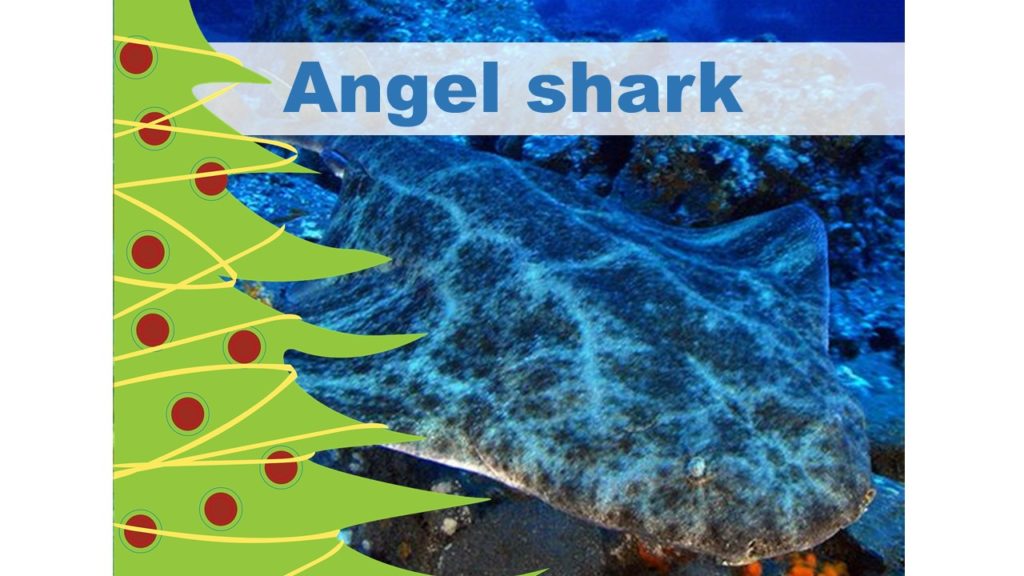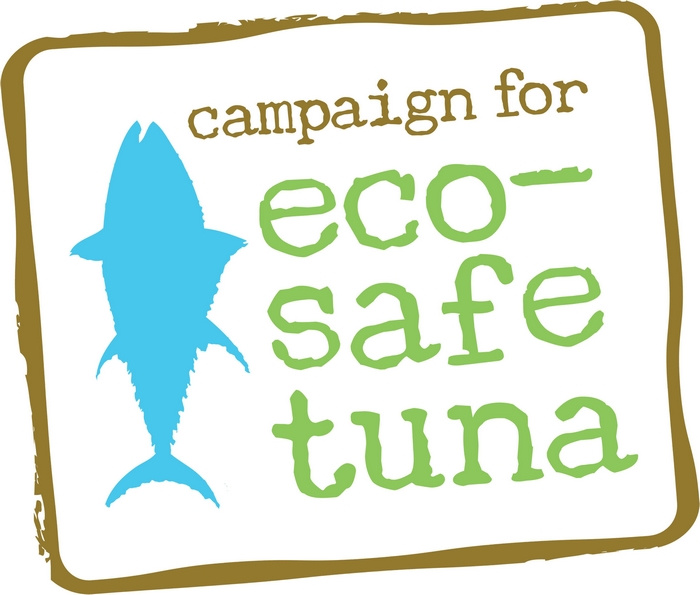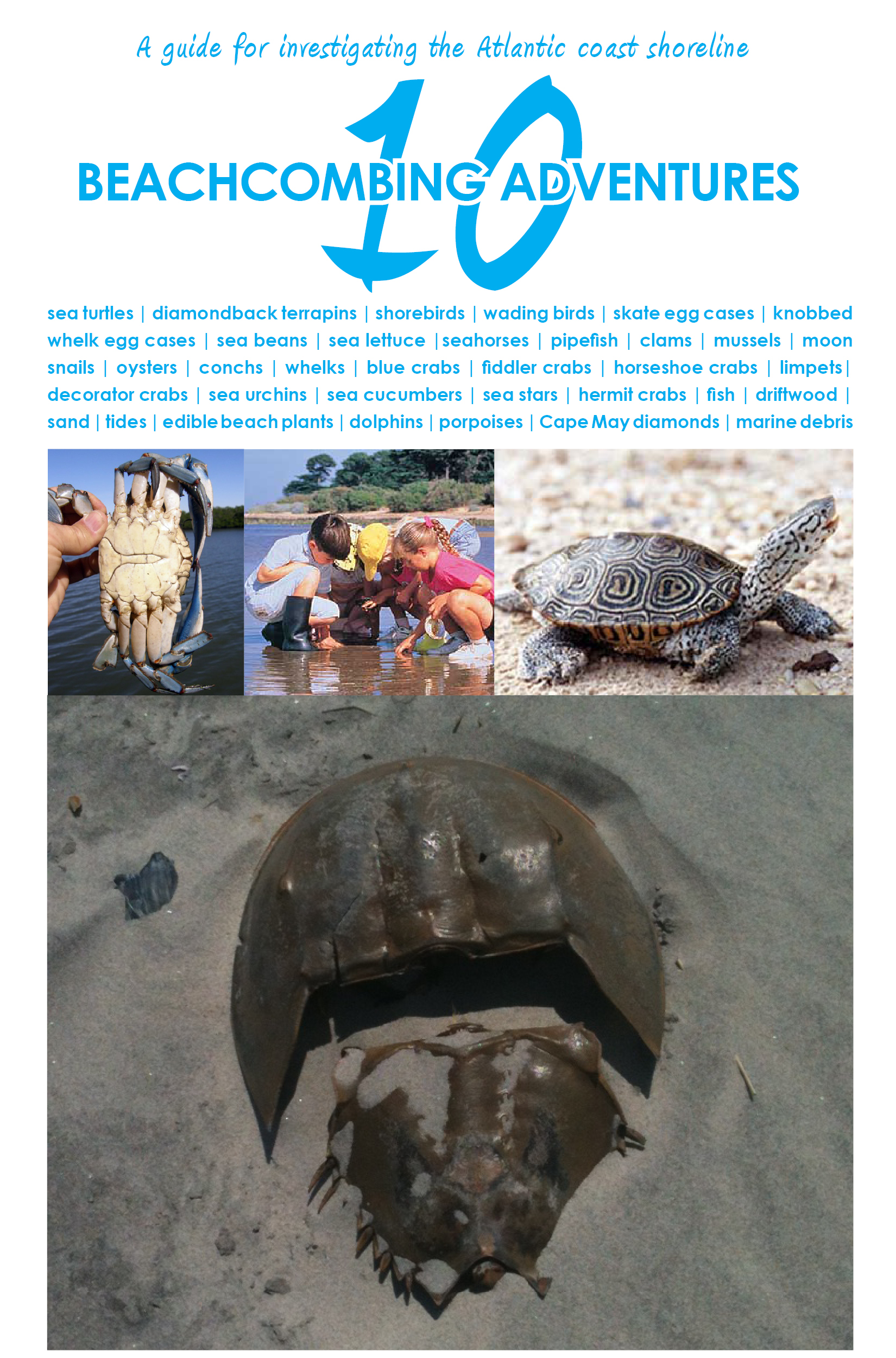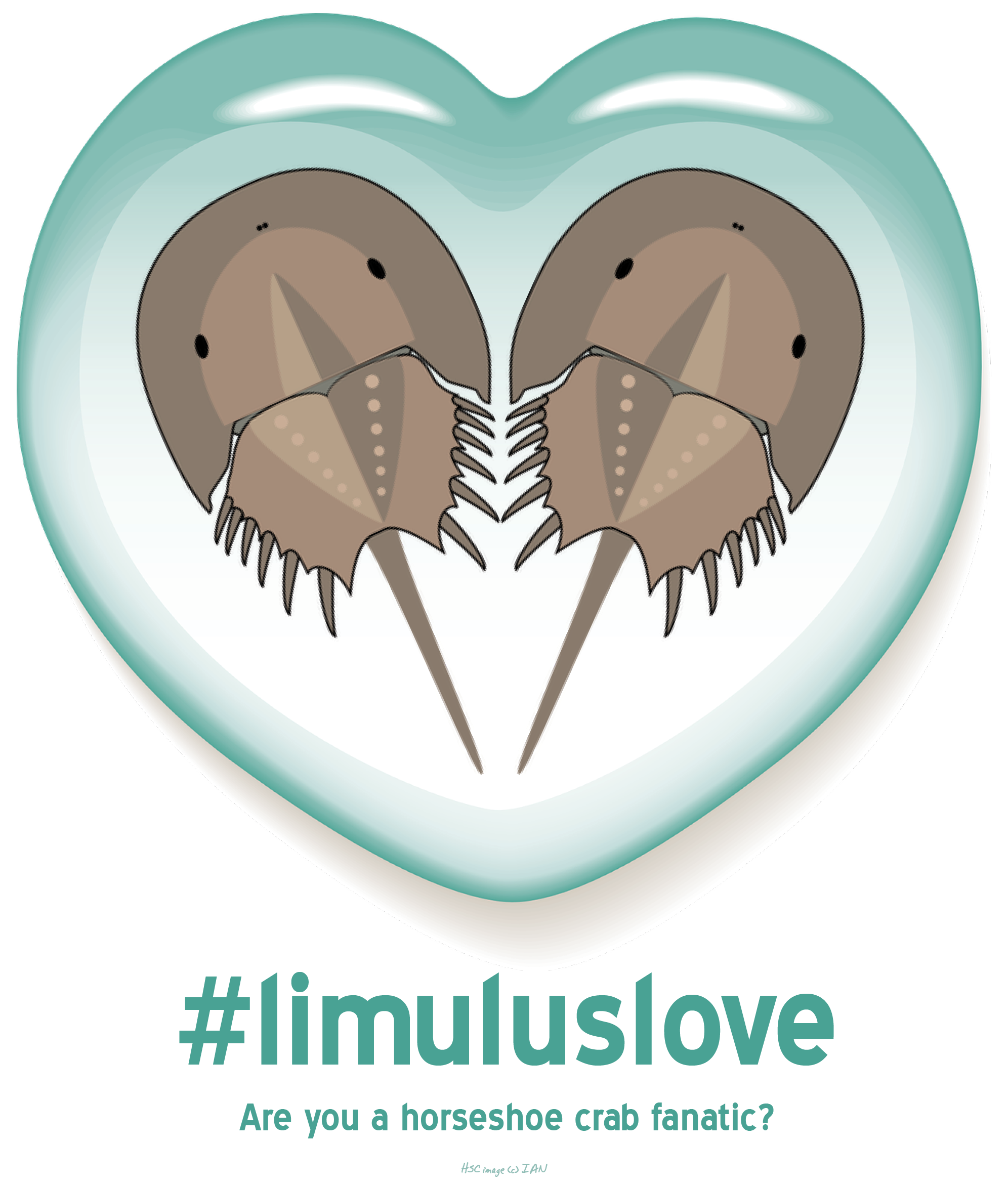Hark! Unlike rays and skates, the nocturnal angel shark doesn’t have a mouth on the underside of its body, but rather in front. Learn more here.
Marine & Freshwater Environmental Education
Follow BCS on Twitter
My TweetsWant updates on BCS posts?
Scroll through the BCS archives …
Learn more on …
Random posts from BCS …
How does coral bleaching result?
Coral bleaching is due to the fact that the algae part of the coral reef ecosystem can no longer photosynthesize properly – therfore, losing the “reef” structure and the corals remain white – since the zooxannthellea are not around (that’s the algae – and responsible for the color of the coral). This occurs due to […]
What are the fastest fish in the sea?
Not too long ago, I provided an update on the fastest fish in the sea, the Indo-Pacific sailfish (Istiophorus platypterus). I thought it would be interesting to do some research on how fast this fish is in comparison to other animals on land and in the sea and create a graphic to illustrate it. First, […]
Everybody do the ‘Stingray Shuffle’
Staying safe at the beach this summer can mean more than just applying liberal amounts of sunscreen. If you are going to be visiting the southeastern United States you may want to try the ‘stingray shuffle’ to avoid a venomous injection from a stingray. A stingray’s main defense is it’s barb which they arc up […]
10 best in the past nine years
Sometimes it’s nice to look at the past and see what’s worked. From the past nine years of posts on Beach Chair Scientist, it seems that one post has been the “most valuable player”. 100 ocean quotes is a surefire “make you stop by BCS for the first time and join the mailing list” kinda […]
How have horseshoe crabs been able to remain unchanged for centuries?
In case you have not had the opportunity to get your hands on the new book, Horseshoe Crabs and Velvet Worms, about animals that have remained unchanged through time (Richard Fortey) here is a video from the BBC on how the horseshoe crab has been able to survive through the ages. I am particularly fond […]
Thursday Inspiration: Waves
Find more ocean quotes here and you may also want to visit the Beach Chair Scientist “Conservation Inspiration” Pinterest board. What inspires you? Artists? Books? Songs? Please share, I’m always looking for more fresh ideas.
How long do seastars live?
Seastars can live up to 35 years in the wild! It really depends on the species. Their wild habitat includes coral reefs, rocky coasts, sandy bottom, or even the deep sea of all the world’s oceans. There are approximately 1,800 different types of sea stars. They have been known to live up to 10 years […]
What does it mean to be a barrier island?
Theoretically, a barrier island is there to protect the mainland from harsh weather. Barrier islands are a permanently exposed “mountains” from the bottom of the ocean made up of sand and rock and pebble. A lot of barrier islands are developed – as you drive to a barrier island you inevitably cross a bridge that […]
Osprey platforms: Foundations that helped a comeback
Those huge platforms along the causeways are there for a very important reason. Osprey build their nests on them. They’ll also build their nests on any open platform free from predators and near shallow water. But, the man-made platforms have really help to bring back populations of osprey after their sharp decline in numbers due […]
What do you call someone that collects sand?
An arenophile is someone that collects sand specimens from different beaches. Not to be confused with a person that loves aviation – an areophile. But we’ve only scratched the surface here. Check back often at http://www.beachchairscientist.com for more insight about your favorite beach discoveries.
Flickr photos …
What people are saying …
- Robert Emahiser on Why you should never walk on dunes
- Lesa on 10 brief facts on bioluminescence
- Lisa on Limulus Love
- Beach Chair Scientist on 17 facts about the wee sea potatoes
- Bernard Rejterada on 17 facts about the wee sea potatoes
- Brian on What is the difference between a summer and winter flounder?
- Inbound marketing on 15 facts about the Portuguese man-of-war that’ll have you saying “Didya know…?”
- Donnie Huckabee on Wordless Wednesday | Shell art
- John on Why you should never walk on dunes
- ItzJaylaD on What I know about whale sharks
Top posts & pages from BCS …
- Hurricane vs. Cyclone vs. Typhoon
- A House for Hermit Crab
- How to handle a horseshoe crab
- Snot's your house
- Wednesday Wisdom: Various quotes (Alaska scenes)
- A naturalist's must-see destination: Fossil Hunting at Bayfront State Park in Chesapeake Beach, MD
- Belly biology creates lasting memories
- Five awful puns about courtship in the sea
- Horseshoe crabs confirmed as members of arachnid family
- Beyond the bag: Other plastics being banned








Speak Your Mind